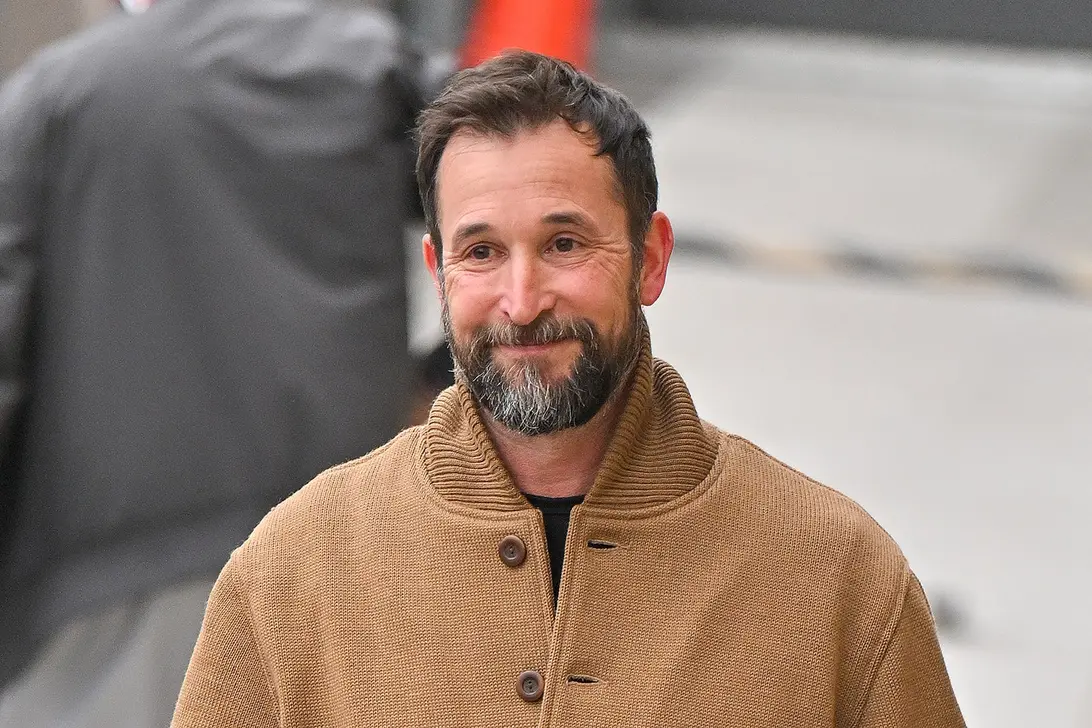T4K3.news
Physical media comeback tied to streaming gaps
Fans and collectors are reviving Blu-ray and VHS as streaming catalogs shrink and licenses expire, reshaping access to popular titles.
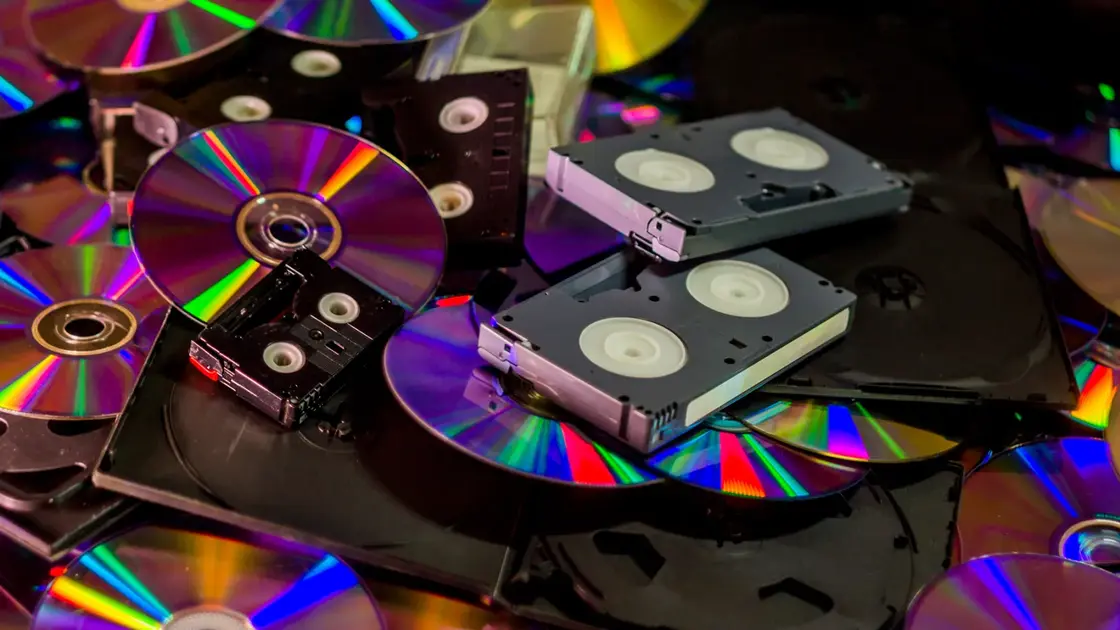
Collectors say streaming gaps and licensing changes are fueling a renewed interest in owning physical media.
Physical media makes a comeback as streaming gaps push collectors to buy
On Aug 4, Love Life returned to Netflix after a roaming life across HBO Max, Amazon Video and Tubi. The move highlights how licensing can fragment access to a title and push audiences toward owning a copy they can control. For many fans, physical media offers a sense of permanence in a market where shows and films disappear when licenses lapse.
Collectors and archivists describe a real, not nostalgic, shift. Gina Luzi recalls Blockbuster era enthusiasm and restoration-driven editions, while Maddy Graves notes the rising costs of streaming and seeks out VHS and DVD copies of favorites. Digital archivist K. D. Kemp points to gaps in digitization and warns that content can vanish when licenses expire or edits remove material. The piece also cites edits by Disney and the removal of certain Peacock episodes as examples of why a local copy matters for context and history. The trend is presented as a practical hedge, not just a fad, against the volatility of streaming catalogs.
Key Takeaways
"There’s always going to be some people, and especially young people, who are curious about the past."
Boyd on enduring interest in media history
"Having a film in your collection versus the void of the internet — it just feels more secure."
Graves on security of owning copies
"There’s a real knowledge gap for newer generations whose growth has been defined by leaping advancements in tech."
K. D. Kemp on archiving skills
"Licenses have been revoked. Something has happened that has caused that content to come down and now it’s effectively gone."
K. D. Kemp on licensing and access
The shift reveals how media memory is changing shape. As catalogs fragment with licensing and platform shifts, owning physical copies becomes a form of cultural stewardship and resilience. The rise of dedicated collectors, restored editions, and institutions like the Criterion Collection shows a market that values long-term access and control over convenience.
Yet the path forward carries risks. Buying and storing media costs money and resources, and not all titles are preserved in stable physical editions. At the same time, streaming remains essential for discovery and reach. The story invites readers to consider who bears the cost of preservation and how we balance instant access with lasting access to culture.
Highlights
- Ownership on a shelf beats the void of the cloud
- A box set is a time capsule you can touch
- Memory needs a box you can hold
- The future of access depends on what we keep
Censorship and licensing risk to media memory
The article discusses edits, removals and license expirations that can erase access to older works. This raises concerns about cultural memory and the reliability of streaming as a long-term archive.
Preserving culture may increasingly depend on shelves as much as servers.
Enjoyed this? Let your friends know!
Related News
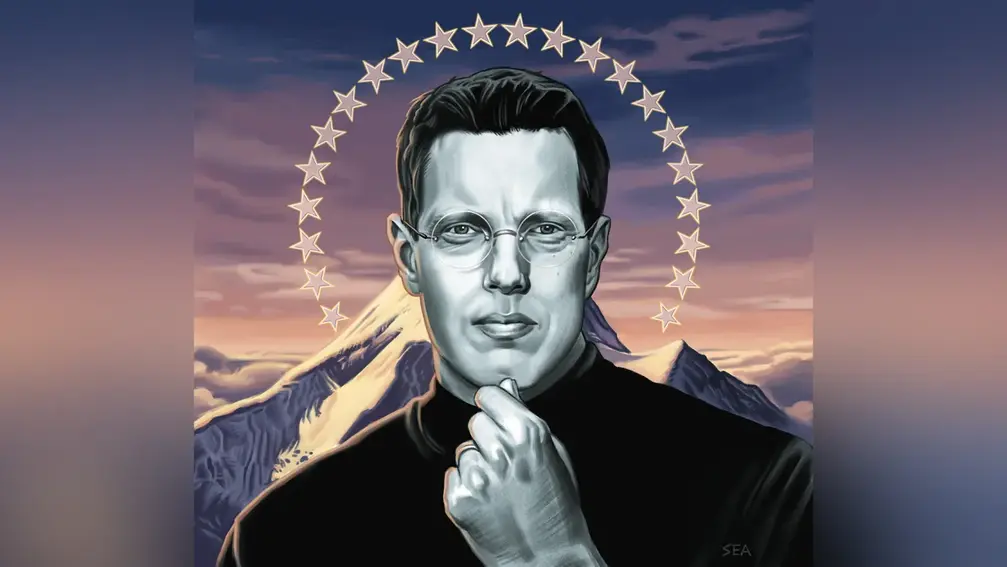
David Ellison Takes Control of Paramount

WHO reports loneliness causes over 871,000 deaths a year
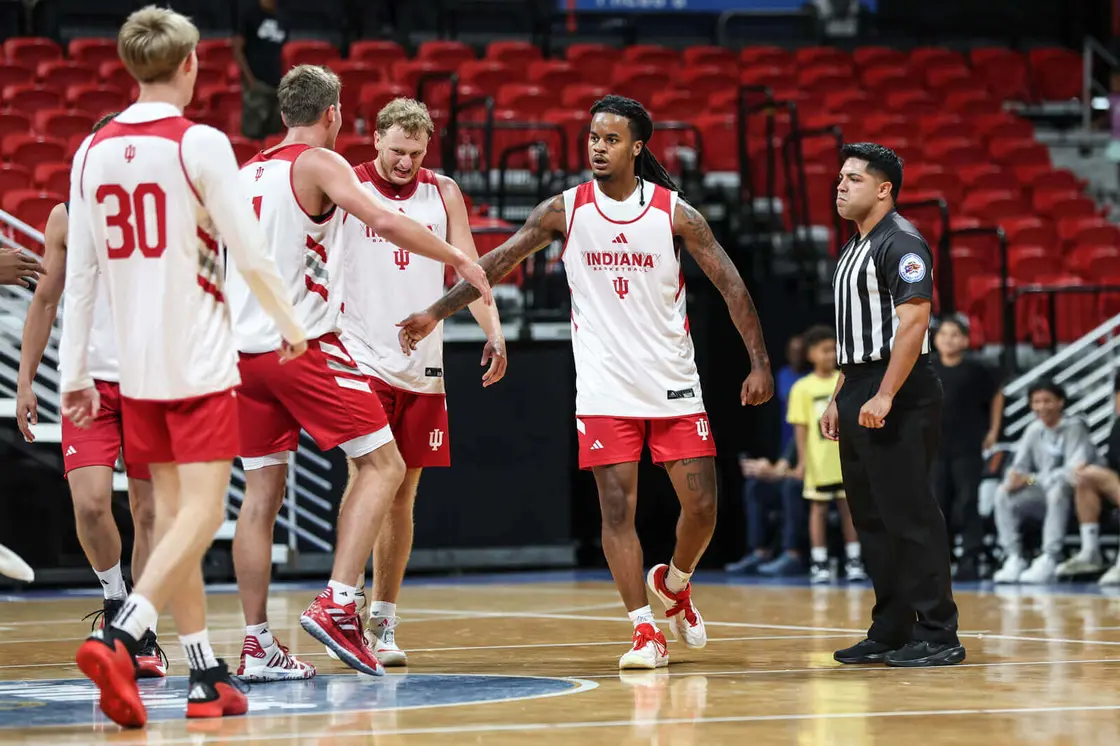
Indiana comeback win

Happy Gilmore 2 release confirmed for July 25
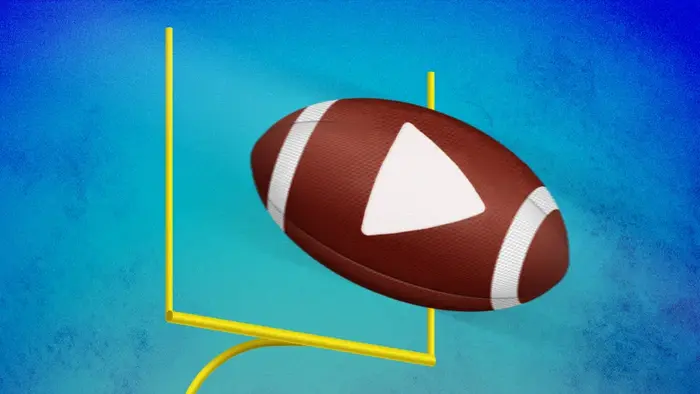
NFL Becomes Minority Owner of ESPN

Collin Gosselin Addresses Siblings Separation and Abuse Claims

White House Condemns South Park Episode Targeting Trump
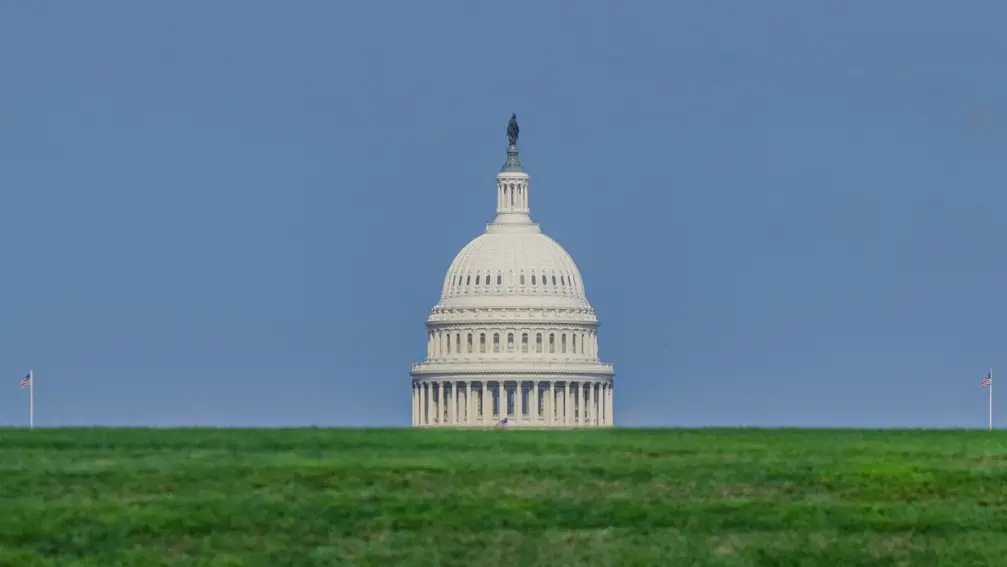
NFL seeks congressional sign-off on ESPN deal
